
AC200230V AC100120V 40 M5 3.24[Nm] M5 3.24[Nm] 6 AC100120V AC200230V AC100120V AC200230V L1 L1 PE PE L2 2-M5 2-M5 L2 L3 CNP1 CNP1 N N P1 P1 M4 1.2[Nm] P2 P2 M4 1.2[Nm] P P C C CNP2 D CNP2 D L11 L11 L21 L21 U U CNP3 V CNP3 V W W 9 2 9 (2) LECSS-S8 [mm] 5 40 6 6 6 (80) (170) 6 6 () CN4 CN2L CN2 CN1B CN1A CN3 CN5 CNP1 L1 L2 L3 N P1 P2 P C D L11 L21 U V W L1 L2 () L3 N P1 CNP2 P2
In contrast with the N.C., when air is exhausted from the port 10(P2), the return spring opens the valve element. Pressurized air that enters through the port 10(P2) closes the valve element. Component Parts Material Bronze No.
) (Pilot air port) Port 12(P1) (Pilot air port) e t w t Port 3(R) e r Port 3 (R) Port 2 (A) Port 1 (P) Port 23(P2) (Pilot air port) y i Port 2(A) u r y Port 1(P) t q VEX3320 (Air operated) VEX3420 (Air operated) w e q r y y t w r e u t t 12(P1), 23(P2) Port Port 3(R) y y (Pilot air port) r i Port 2(A) u r Port 1(P) t q Port 1(P) Port 2(A) Port 3(R) Component Parts No.
Example: The figure below is based on the condition of set values as P1 = 40 [kPa] and P2 = 20 [kPa].
The valve element of the C.O. type, which has no return spring, is in an arbitrary position when air is exhausted through the ports 12(P1) and 10(P2). When pressurized air enters the port 12(P1) (exhaust from the port 10(P2)), the valve element opens, and it closes when pressurized air enters the port 10(P2) (exhaust from the port 12(P1)). Component Parts No.
(Return spring normally open) In contrast with the N.C., when the pilot solenoid valve is not energized (or when air is exhausted from the port 10(P2) of the air operated type), the valve body is opened by the return spring. When the pilot solenoid valve is energized (or when pressurized air enters through the port 10(P2) of the air operated type), the valve body closes.
Pilot port P1 and P2 piping Please arrange P1 and P2 piping as follows according to the model.
Supply pressure verification Leak test P2(n1) > P1(n2) P2(n2) P1(n1) 10.0 to 101.0kPa CH Increases the set value 1 2 3 4 PRESSURE For normally closed P2(n1) > P1(n2) P2(n2) P1(n1) 0.1 to 1000.0MPa Decreases the set value SET P3(n3) and P4(n4) are the same as P1(n1) and P2(n2).
OUT2 P2(n2) P1(n1) Supply pressure verification Leak test CH P2(n1) > P1(n2) 10.0 to 101.0 kPa Increases the set value 1 2 3 4 PRESSURE For normally closed P2(n2) P1(n1) P2(n1) > P1(n2) 0.1 to 1000.0 MPa Decreases the set value SET P3(n3) and P4(n4) are the same as P1(n1) and P2(n2).
Supply pressure verification Leak test P2(n1) > P1(n2) P2(n2) P1(n1) 10.0 to 101.0kPa CH Increases the set value 1 2 3 4 PRESSURE For normally closed P2(n1) > P1(n2) P2(n2) P1(n1) 0.1 to 1000.0MPa Decreases the set value SET P3(n3) and P4(n4) are the same as P1(n1) and P2(n2).
How to Find the Flow Rate (at air temperature of 20C) Subsonic flow when P1 + 0.1013 < 1.89 (P2 + 0.1013) Q = 226S P(P2 + 0.1013) Sonic flow when P1 + 0.1013 1.89 (P2 + 0.1013) Q = 113S (P1 + 0.1013) Q: Air flow rate [L/min(ANR)] S: Effective area (mm) P: Pressure drop (P1 P2) [MPa] P1: Upstream pressure [MPa] P2: Downstream pressure [MPa] Correction for different air temperatures Multiply
Circuit example (1) Circuit example (2) 3 port solenoid valve 4 port solenoid valve 5 port solenoid valve (Exhaust center) Throttle Regulator Mist separator Micro mist separator Process Pump Throttle Mist separator Micro mist separator FLUID OUT Process Pump Air supply Regulator P1 FLUID OUT P1 P2 Air supply Strainer P2 FLUID IN Strainer FLUID IN Transfer fluid Transfer fluid For the related
= 0.5 MPa 31 Effective area at exhaust side (mm 2) S at P2 = 0.5 MPa Note 1) Maximum operating pressure of solenoid valve is 0.9 MPa.
Window comparator mode (one for positive pressure is same) Hysteresis is 3 digit, so set P1 and P2 (also P3 and P4) at least 7 digit. Window comparator mode (P1< P2, P3< P4) Hysteresis mode (P1 P2, P3 P4) (Hysteresis = 3 digits fixed) Hysteresis (Adjustable) Hysteresis (Fixed) Hysteresis (Fixed) ON ON OFF OFF P1 (P3) P2 (P4) 1 digit is the minimum setting pressure unit.
Setting Spring Diaphragm p2 PI alve Spring When consumption starts, pA will initially drop and the spring, momentarily stronger than the lifting lorce {rom p2 on th diaphragm, opens the valve. Fig 5.5.
Type (mm) 1in = 25.4mm PA3000 115 68 85 105 4-7 7.5 FLUID OUT 3/8 5.5 AIR SUP (P1) 1/4 FLUID OUT PROCESS PUMP P1 2 90 74.5 FLUID I N P2 44.5 3 AIR SUP (P2) 32 1/4 100 130 FLUID IN 3/8 PA5000 179 4-9 90 90 FLUID OUT 1/2, 3/4 AIR SUP (P1) 1/4 112 56 165 56 RESET PROCESS PUMP FLUID OUT 167 P1 132.5 FLUID I N 125.5 103.5 P2 58.5 48.5 202 114 3.5 3 AIR SUP (P2) FLUID IN 1/2, 3/4 1/4 10 Series
Type PA3000 115 68 85 105 4-7 7.5 FLUID OUT Rc 3/8 5.5 AIR SUP (P1) Rc 1/4 FLUID OUT PROCESS PUMP P1 2 90 74.5 FLUID I N P2 44.5 3 AIR SUP (P2) 32 Rc 1/4 100 130 FLUID IN Rc 3/8 PA5000 179 4-9 90 90 FLUID OUT Rc 1/2, 3/4 AIR SUP (P1) Rc 1/4 112 56 165 56 RESET PROCESS PUMP FLUID OUT 167 P1 132.5 FLUID I N 125.5 103.5 P2 58.5 48.5 202 114 3.5 3 AIR SUP (P2) FLUID IN Rc 1/2, 3/4 Rc 1/4 10
Type PA3000 115 68 85 105 4-7 7.5 FLUID OUT Rc 3/8 5.5 AIR SUP (P1) Rc 1/4 FLUID OUT PROCESS PUMP P1 2 90 74.5 FLUID I N P2 44.5 3 AIR SUP (P2) 32 Rc 1/4 100 130 FLUID IN Rc 3/8 PA5000 179 4-9 90 90 FLUID OUT Rc 1/2, 3/4 AIR SUP (P1) Rc 1/4 112 56 165 56 RESET PROCESS PUMP FLUID OUT 167 P1 132.5 FLUID I N 125.5 103.5 P2 58.5 48.5 202 114 3.5 3 AIR SUP (P2) FLUID IN Rc 1/2, 3/4 Rc 1/4 10
Type) Dimensions: Air Operated Type PA3000 115 68 85 VC VDW 105 4-7 7.5 VQ FLUID OUT Rc 3/8 5.5 VX2 AIR SUP(P1) Rc 1/4 VX Courtesy of Steven Engineering, Inc.-230 Ryan Way, South San Francisco, CA 94080-6370-Main Office: (650) 588-9200-Outside Local Area: (800) 258-9200-www.stevenengineering.com FLUID OUT PROCESS PUMP VX3 P1 2 VXA 90 74.5 FLUID I N VN P2 44.5 3 32 Rc 1/4 AIR SUP(P2) LVC
The valve element of the C.O. type, which has no return spring, is in an arbitrary position when air is exhausted through the 12(P1) and 10(P2) ports. When pressurized air enters the 12(P1) port (exhaust from the 10(P2) port), the valve element opens, and it closes when pressurized air enters the 10(P2) port. LVH LVD LVQ LQ LVN Component Parts No.
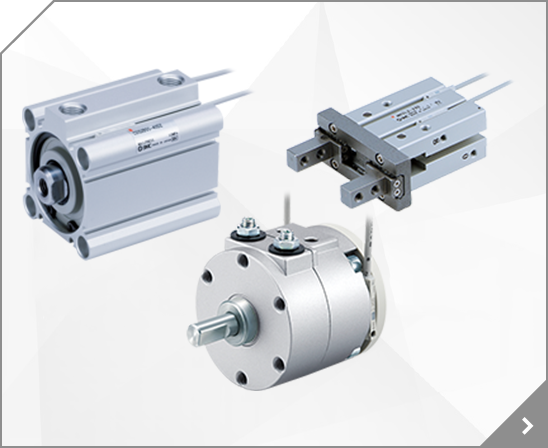
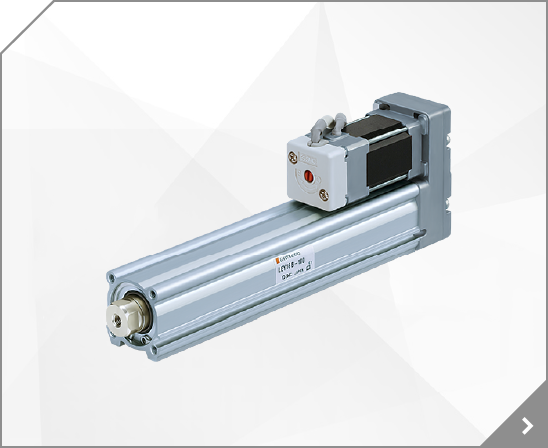
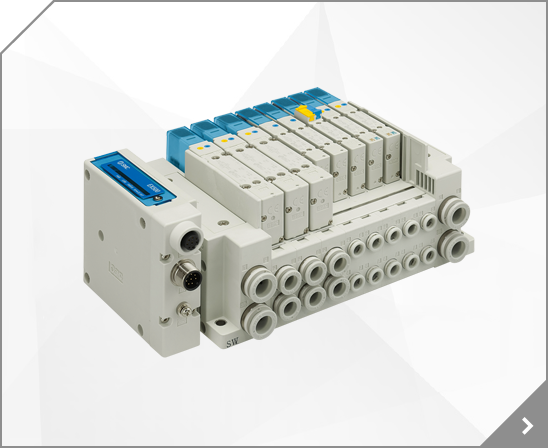
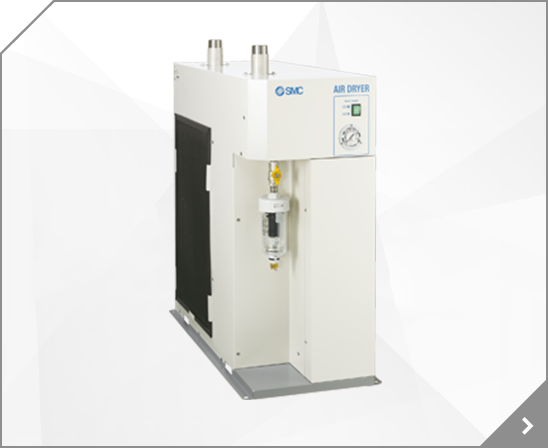
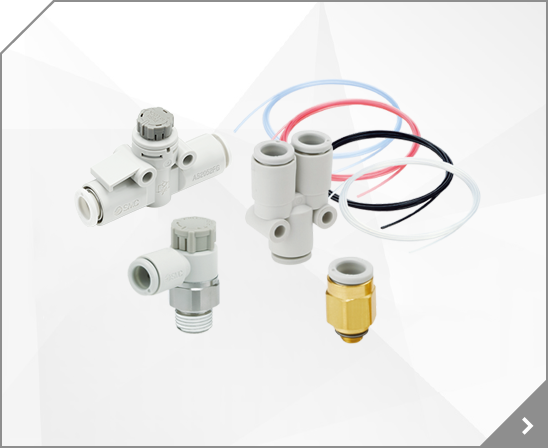

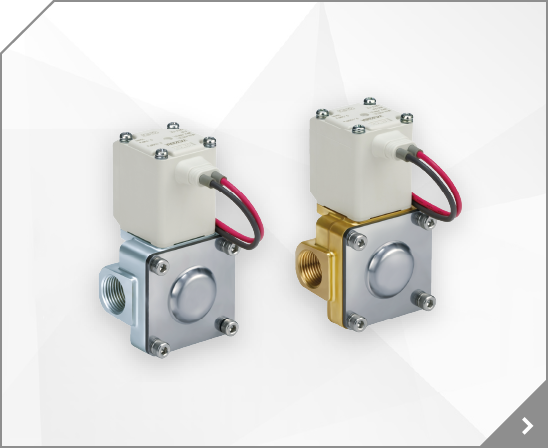

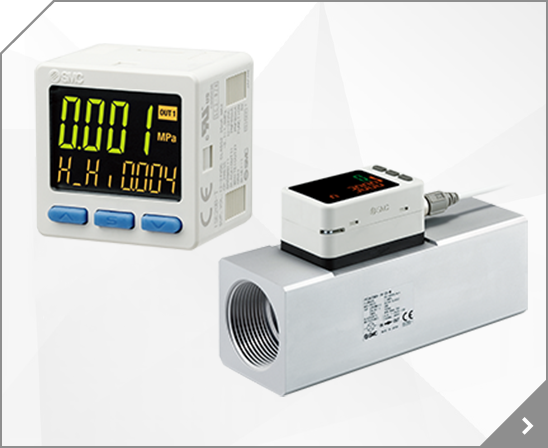
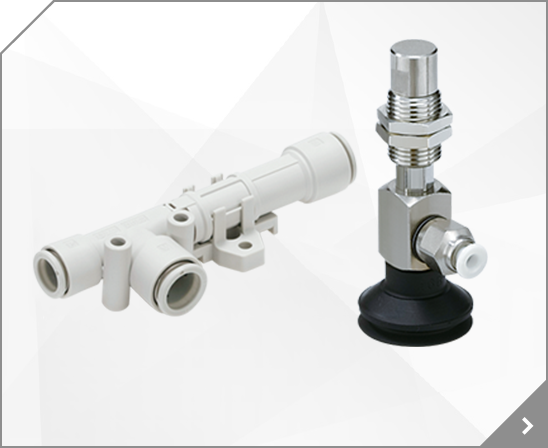

 LEC-OM02904
LEC-OM02904